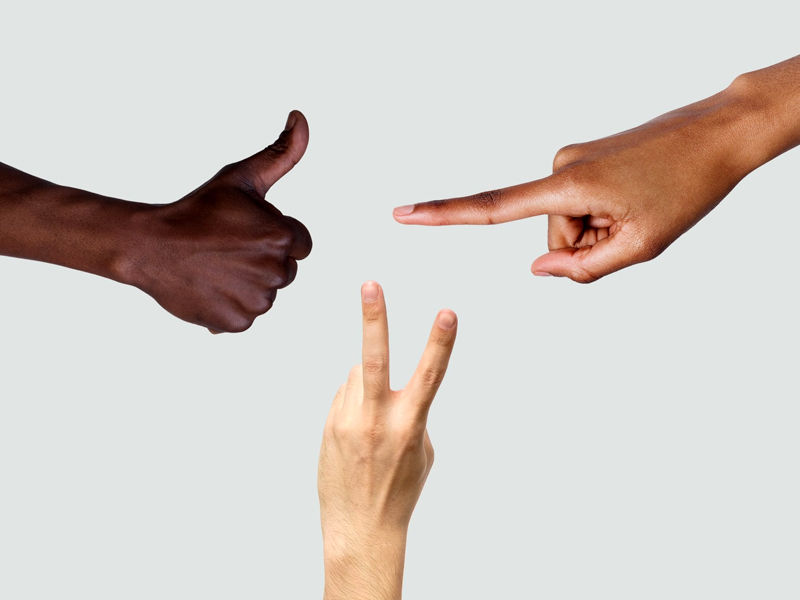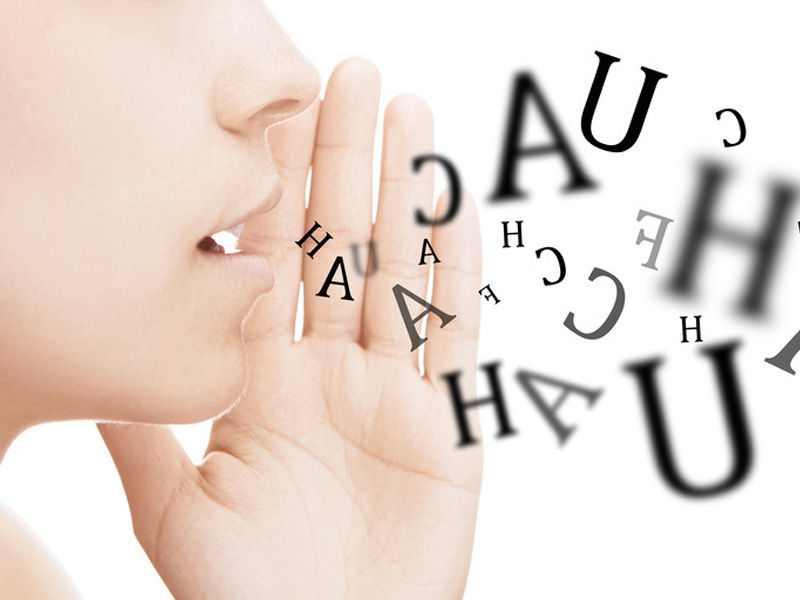NONVERBAL COMMUNICATION IS THAT SECRET THAT CAN’T BE HEAR BUT FELT BY ALL………
Communication is a way to express yourself by speaking about what you feel. But speaking is not enough to express the feelings and the vibes. Communication is way more than speaking. Verbal communication or speaking is an important part of communication, but it is not complete without nonverbal communication. Sometimes even words can’t express feelings and thoughts with clarity, but nonverbal communication does. Nonverbal communication plays a vital role in the building of the personality of a person.
LET’S KNOW MORE ABOUT THE NONVERBAL COMMUNICATION ………
WHAT IS NONVERBAL COMMUNICATION?
Nonverbal communication is the transmission of thoughts and feelings through physical movements rather than by writing or speaking. Nonverbal communication conveys feelings, emotions, and thoughts with gestures such as facial expressions, eye movements, paralinguistic, touch, body language, body orientation, and silence. Nonverbal communication is way more effective in transmitting feelings and emotions to the other person than verbal communication.
TYPES OF NONVERBAL COMMUNICATION
Several types of nonverbal communication help in the transmission of thoughts and emotions more effectively.
FACIAL EXPRESSIONS

The face is the most important part that speaks through the facial expressions. It says a lot about the personality as well as the thoughts and feelings of the person. Emojis are the best examples to understand facial expressions. What a person feels is depicted on the face of the person, as in emojis. If a person feels happy and content, the facial expression expresses it all. Similarly, when a person is frowning, nervous, upset, disgust, etc., every feeling can be seen through facial expressions. These facial expressions can be seen through the mouth (open or closed), nose (relaxed or wrinkled), smile (wide or contracted), forehead (raised or relaxed), etc.
EYE CONTACT
Nothing can speak as much as the eye can. It maintains and regulates the flow of communication and even expresses the emotions more clearly and effectively. Eyes can indicate the range of emotions from attraction and interest to anger and hostility. Eyes express emotions and feelings by blinking, looking, staring, gazing, etc. The person with whom you are talking gets the vibes and signals only from the eyes.
Also Read, Social Dynamics and communication skills
TOUCH

Touch is also an important type of nonverbal communication. With the help of touch, one can express a wide range of feelings and emotions. The best example is of the baby as baby can’t speak, tell, and understand, but when he gets his mother’s touch, he feels it and responds. Also, when someone touches the baby with love, affection, and care, the baby responds the same way. Still, if someone touches him with anger, disgust, or harshly, he immediately starts weeping. This shows how touch can create a wide range of emotions.
GESTURES

When words fail, gestures speak. The gestures include the movements of fingers, hands, legs, etc. While speaking or while staying silent, the gestures communicate with the others, and these gestures convey feelings and thoughts. For example, instead of speaking that you look good, action with the thumbs up or a forefinger touching the thumb making a circle can convey all the feelings and thoughts. Some simple gestures are enough to transmit your feelings to someone.
SPACE AND DISTANCE
Space and distance are also one of the most prominent types of nonverbal communication. Sometimes there is a need for ‘personal space,’ which also speaks a lot about the person. The amount of distance and the space a person need gives a glimpse of the person’s personality and the situation from what the person is going through. The amount of personal space required during casual communication is about 18 inches to four feet. And the personal distance required by the person when speaking is about 10 to 12 feet.
BODY ORIENTATION AND POSTURE
The body orientation and posture speak a lot about you, even if you are silent. The way you stand, the way you sit, the way you walk, the way you eat, etc., everything reflects the thoughts and emotions of the person. For example, you are not speaking but are nervous, the body posture and orientation will speak it out by the actions such as not standing straight, heads down, etc.
PARALINGUISTICS

Paralinguistic refers to verbal communication but is way more different. It depends and transmits the emotions through the voice, pitch, loudness, and inflection. If spoken in a happy and strong tone, even a simple sentence reflects the affirmation and enthusiasm. If spoken in a low and timid voice can reflect that you are not fine with it, and so on. So, not only the words but also the way of speaking, tone, and loudness communicates.
APPEARANCE
Appearance speaks a lot about our personality as the color we select to wear, the hairstyle we make, and how we carry ourselves speaks about how we are and what we are feeling at that moment. Every color has a different symbolical meaning. The way we use it to present ourselves says a lot about us. And this is how when someone goes for an interview, the person’s appearance is the first thing that gets noticed by the interviewees. Appearance can communicate way more than words.
IMPORTANCE OF NONVERBAL COMMUNICATION
Nonverbal communication helps a lot in conveying feelings and emotions which words can’t. It can help clarify the misunderstandings between the two persons and, most importantly, strengthen the relationships even more by expressing feelings without using words.

























